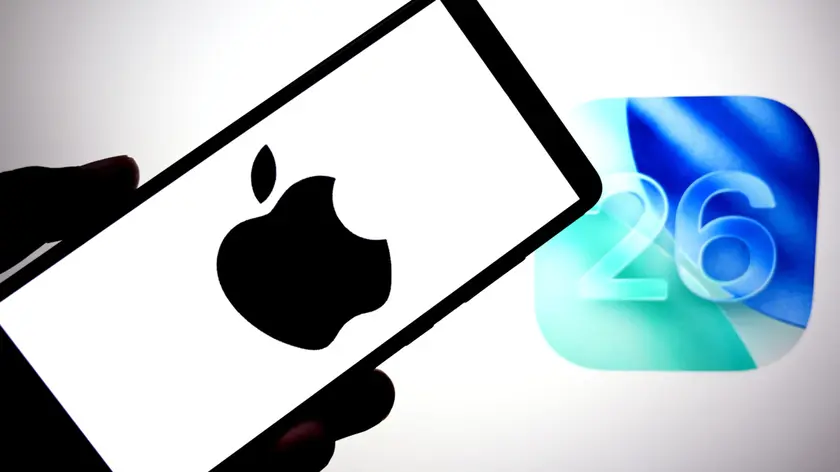T4K3.news
Apple Intelligence Update
Apple Intelligence expands Siri and app features with offline capable AI and new developer tools.
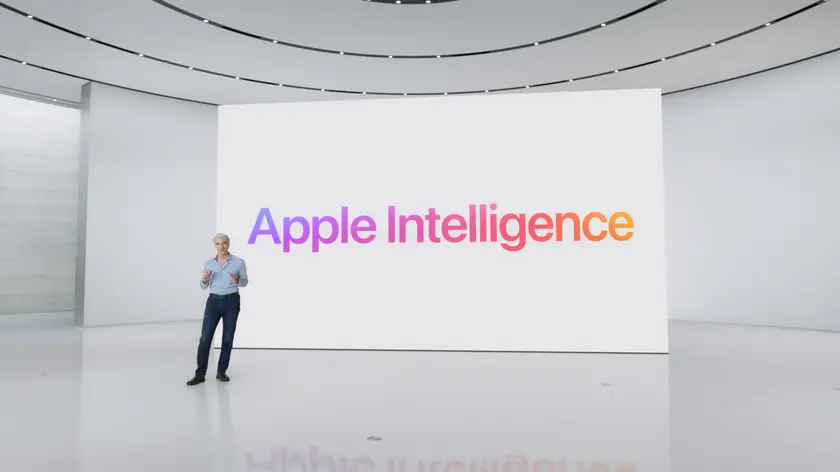
Apple Intelligence blends on-device processing with new features across Messages Mail and Notes.
Apple Intelligence Deepens Siri and App Tools Across Apple Devices
Apple Intelligence arrived on the scene in late 2024, embedding itself in core apps like Messages, Mail, and Notes. The platform offers writing tools that summarize long text proofread or draft messages, and introduces Genmoji style image generation and Image Playground. Siri also gets a makeover with deeper OS integration, including a visible indicator when it is active and the ability to edit or insert content directly across apps.
Most tasks run on-device thanks to small in-house models, with more complex requests handled by Private Cloud Compute to preserve privacy. Apple also opened a path for developers through the Foundation Models framework to build offline AI features in third-party apps, with Google Gemini expected as a future partner. Visual Intelligence and Live Translation were announced for later in 2025 as part of iOS 26, iPadOS 26, and macOS Sequoia 15.2 updates, with broader language support rolling out through 2025 and hardware gating that prioritizes newer devices.
Key Takeaways
"We’re continuing our work to deliver the features that make Siri even more personal"
Federighi at WWDC 2025 speaking about Siri improvements
"This work needed more time to reach our high-quality bar, and we look forward to sharing more about it in the coming year"
Federighi at WWDC 2025 addressing the delay in a more personalized Siri
"We couldn’t be more excited about how developers can build on Apple intelligence to bring you new experiences that are smart, available when you’re offline, and that protect your privacy"
Federighi outlining developer opportunities with Apple intelligence
"Because it happens using on-device models this happens without cloud API costs"
Explanation of on-device processing versus cloud costs
Apple positions Intelligence as a privacy focused alternative to cloud heavy AI systems. By moving many tasks on-device and reserving cloud processing for tougher queries, Apple reduces data exfiltration risks while keeping speed reasonable on newer hardware. This strategy could widen the gap between iPhone users who can access full features and those on older devices, potentially slowing adoption in some markets. Still, the on-device approach raises questions about how rapidly advanced capabilities can mature without cloud scale.
The move to Foundation Models for developers marks a shift from a closed ecosystem to a more open, offline capable AI layer. That could spur new app experiences that feel distinctly Apple: fast, private, and capable even when connectivity is spotty. But it also raises concerns about performance variability across devices and the time needed for third-party apps to integrate and optimize these features. The coming year will test whether privacy and portability can coexist with rapid, widely available AI features.
Highlights
- We’re continuing our work to deliver the features that make Siri even more personal
- This work needed more time to reach our high-quality bar
- We couldn’t be more excited about how developers can build on Apple intelligence to bring you new experiences
- Because it happens using on-device models this happens without cloud API costs
The AI era on iPhone will hinge on how well Apple blends usefulness with privacy.
Enjoyed this? Let your friends know!
Related News

A17 Pro Elevates Apple TV 4K
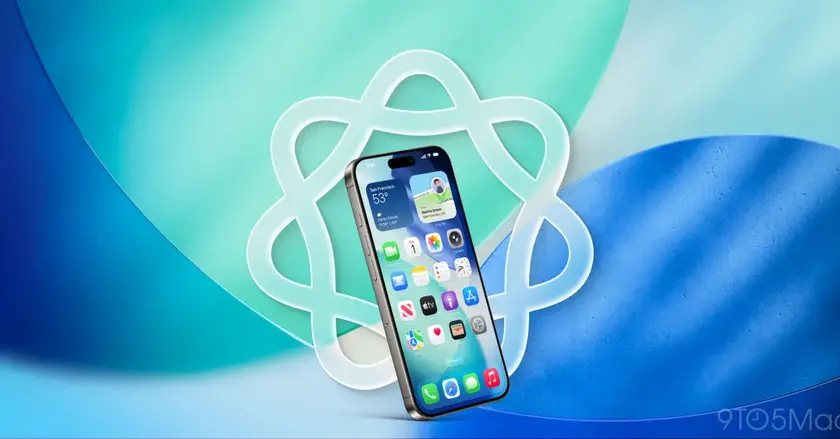
Apple Intelligence expands with 20 features in iOS 26

GPT-5 lands in Apple Intelligence
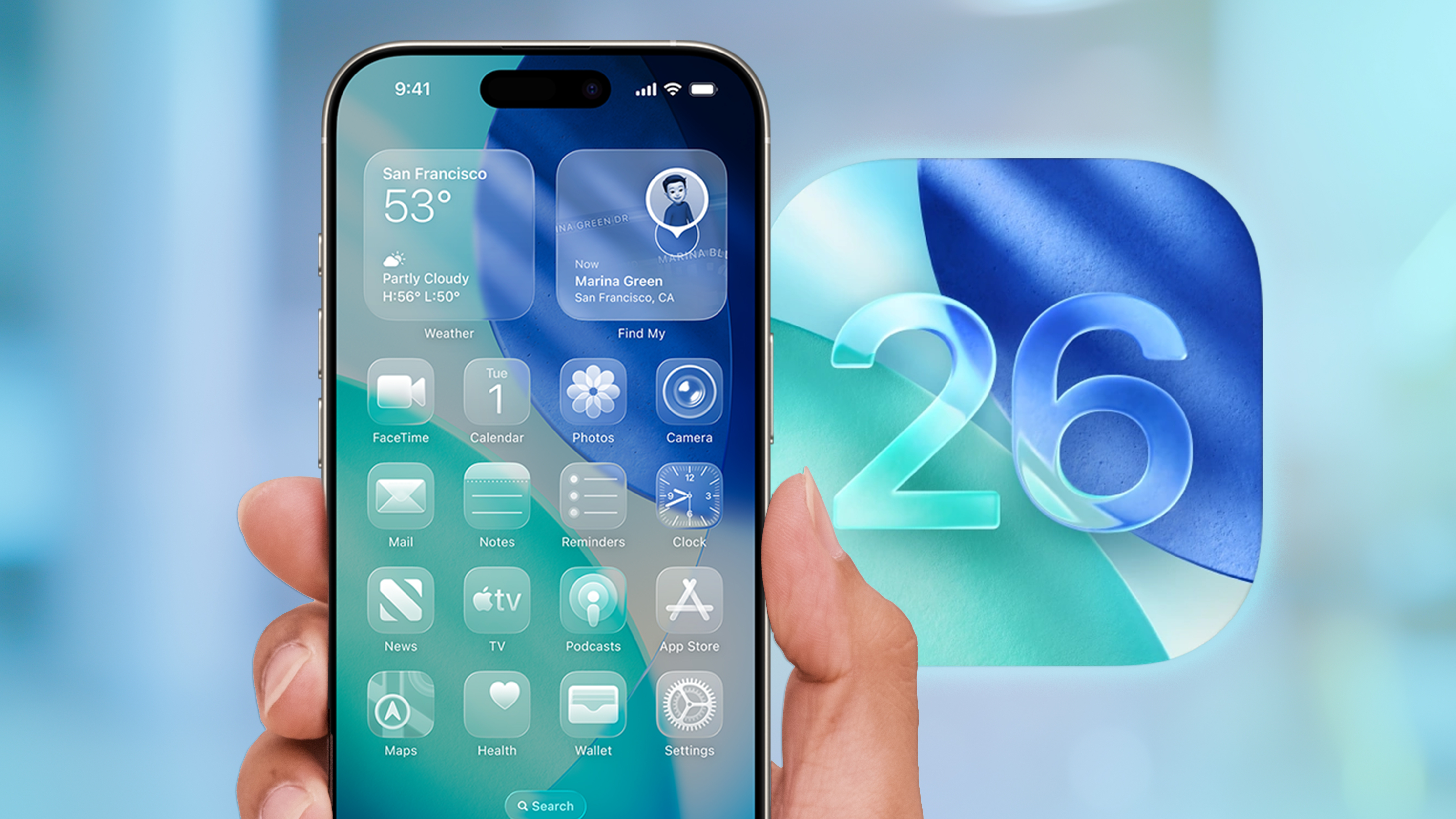
iOS 26 public beta is live
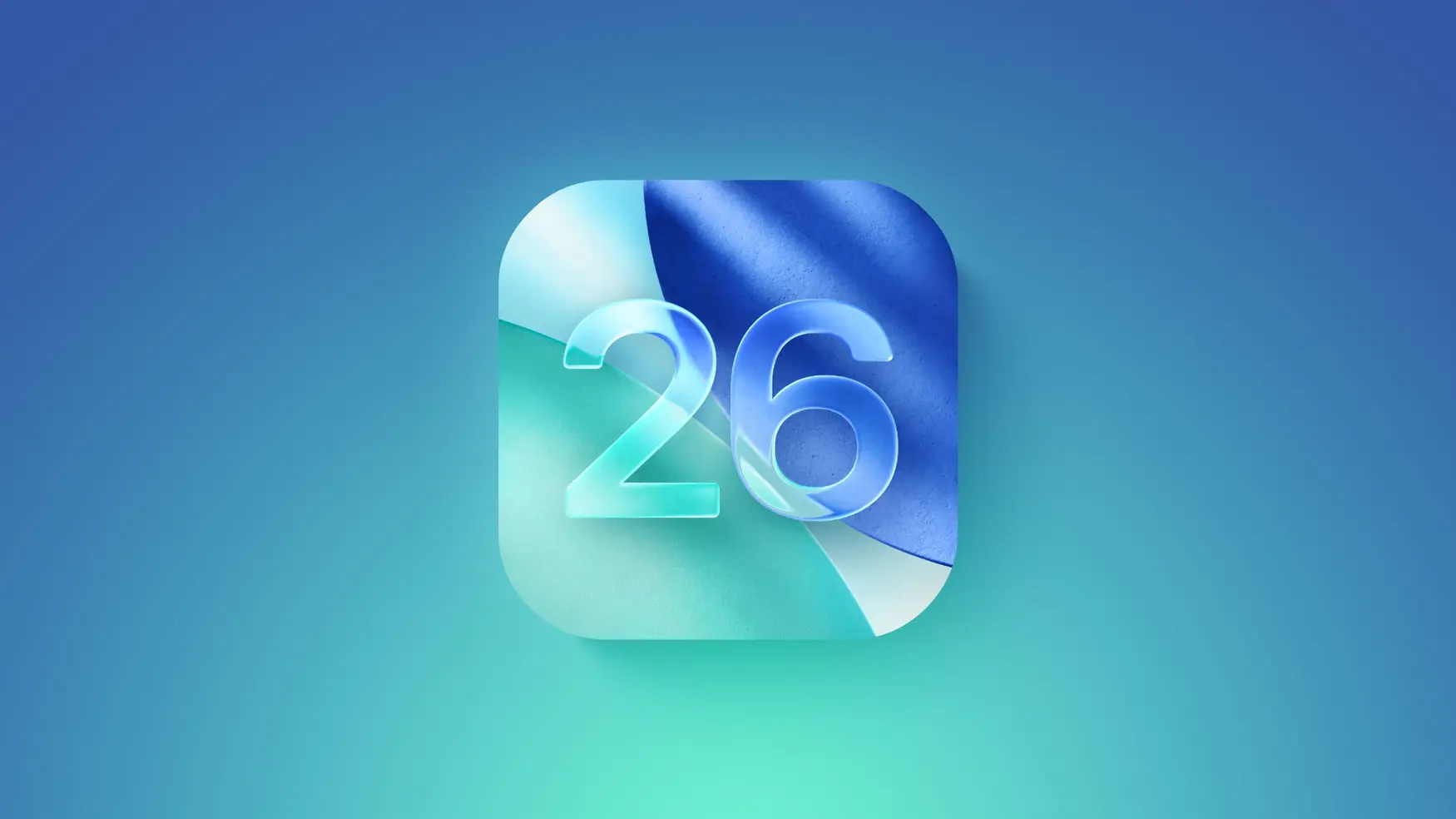
Public betas for iOS 26 and iPadOS 26 released

New iOS 26 features exclusive to newer iPhones
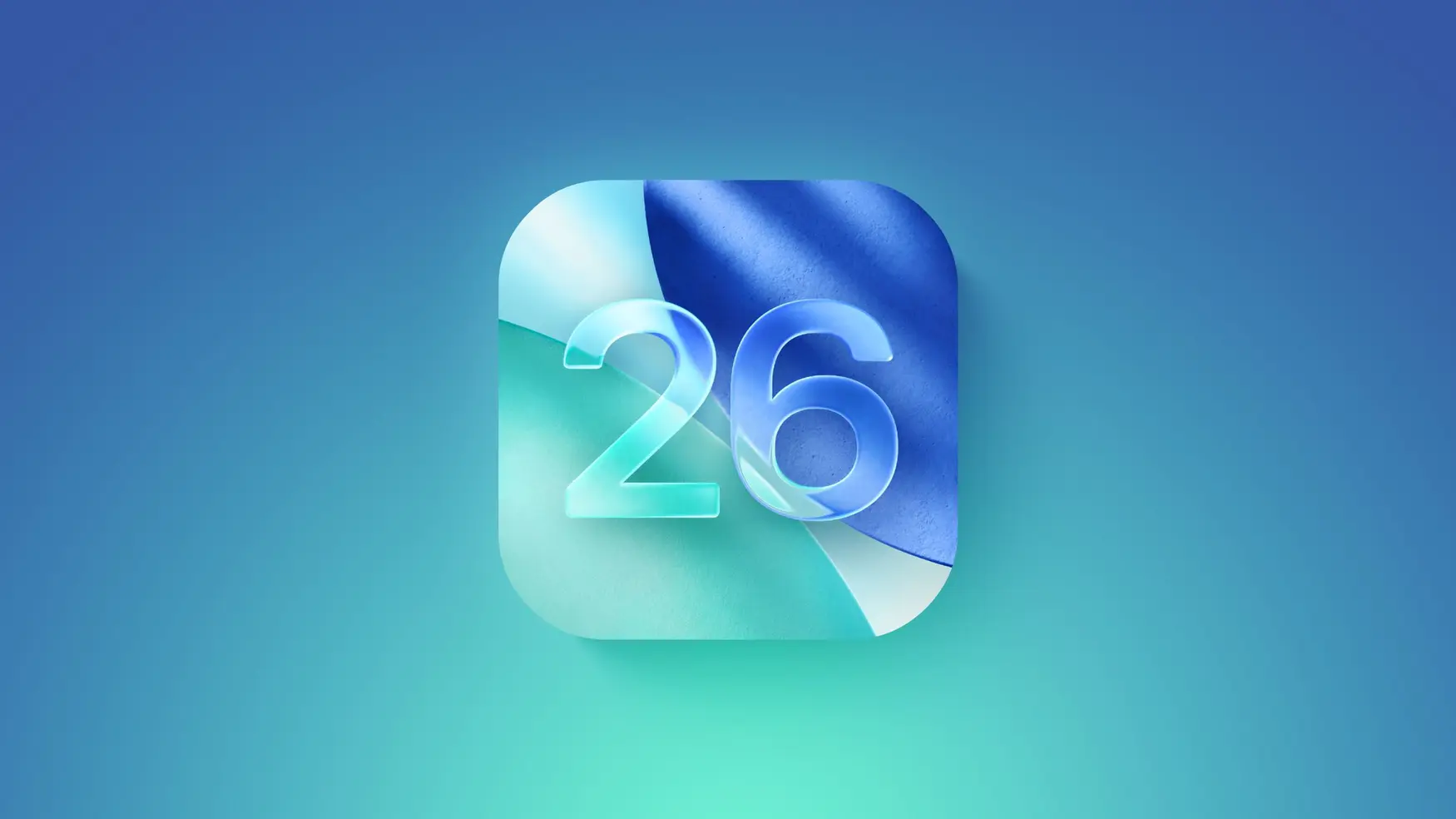
Apple releases third public betas
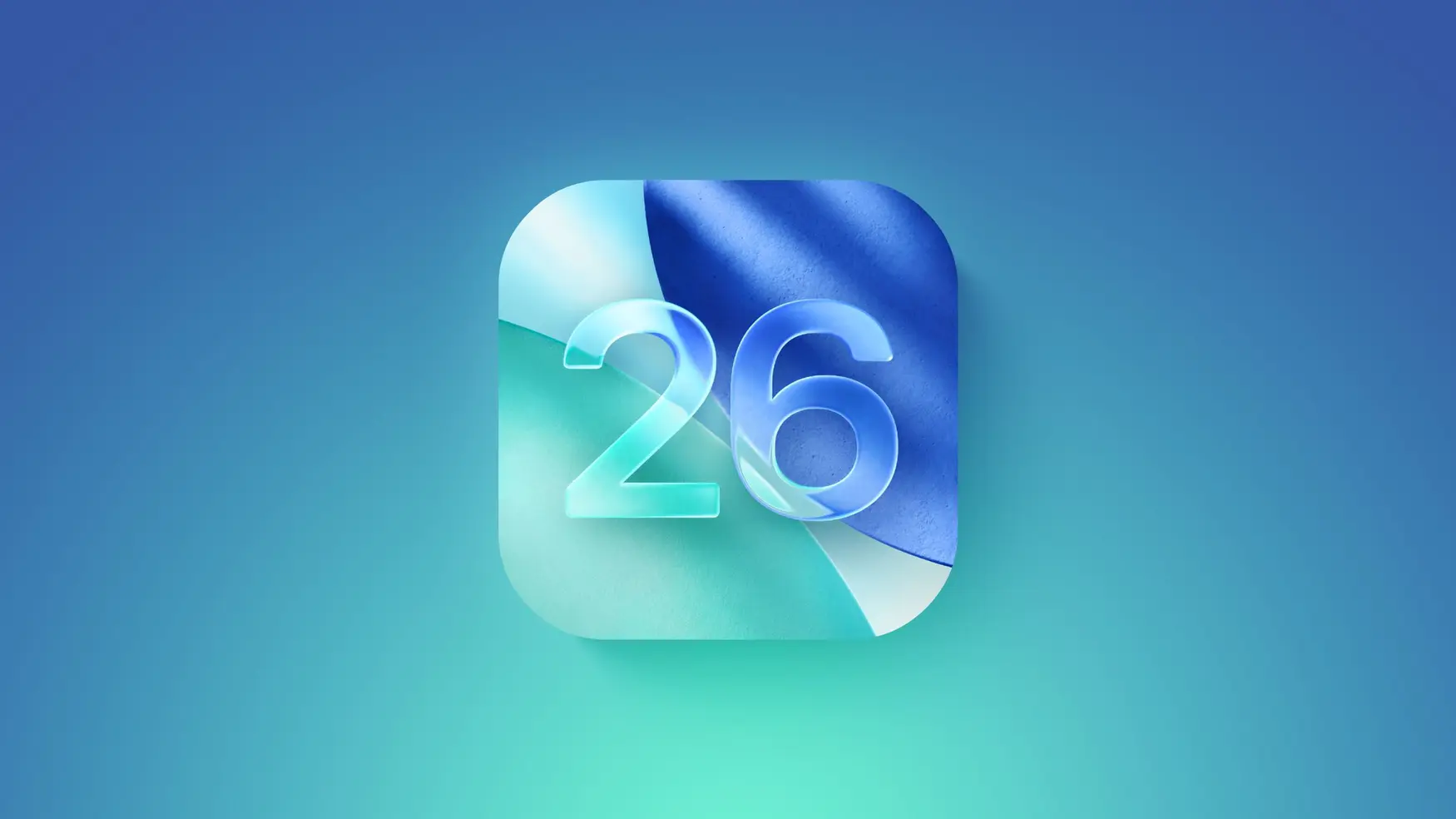
Apple releases seventh betas of iOS 26 and iPadOS 26
